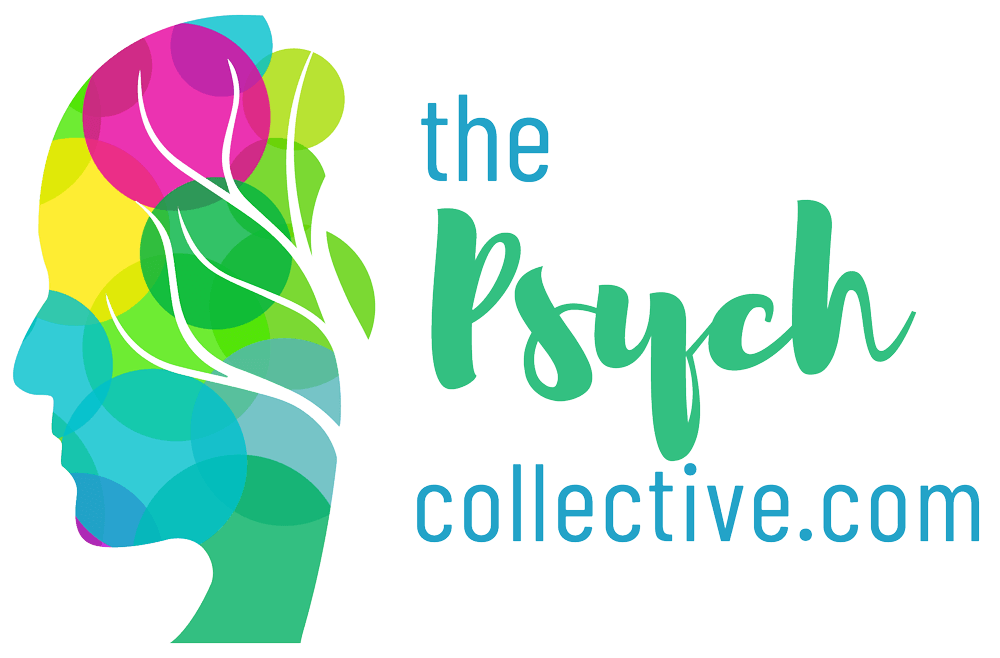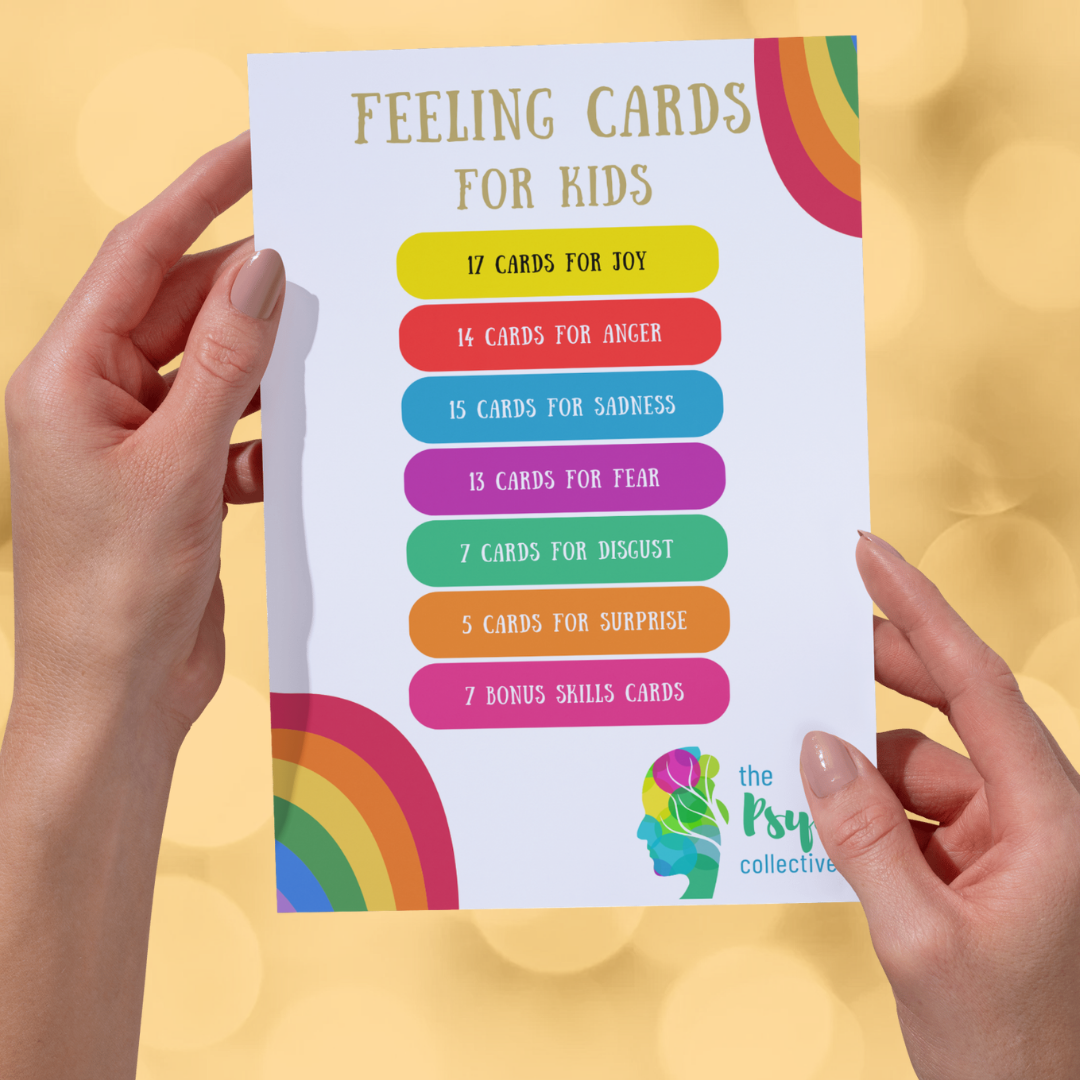DVA mental health claims must be clearly linked to service
Getting properly squared away with DVA

The Critical Importance of Linking Diagnoses to Service in DVA Initial Liability Reports
If you’re an Australian Defence Force (ADF) veteran preparing an Initial Liability (IL) claim for the Department of Veterans' Affairs (DVA), you may already know how vital it is to have a comprehensive psychiatric report. However, what you might not fully appreciate is just how critical it is that your psychiatrist explicitly links your diagnosed condition to your military service. Without this connection, your claim could be rejected, leaving you without the support and entitlements you deserve.
Navigating the complexities of the DVA framework can be daunting. While you can review the Statement of Principles (SoPs) for various conditions at the DVA website. The nuances and precise details often trip people up. The importance of accuracy and clarity cannot be overstated—especially for conditions like PTSD, where specific stressor categories and timeframes are central to the claim.
Additionally, under the Military Rehabilitation and Compensation Act (MRCA), the number of diagnoses is less significant than the psychiatrist's impairment assessment. A single mental health diagnosis can suffice for a claim, but precision and timing are paramount. If you have dependent children under 18, lodging your claim sooner could entitle you to additional benefits.
Understanding Stressors: Category 1A, 1B, and Category 2
A well-supported diagnosis often must be connected to recognized stressors under the DVA framework. The most common way of doing this is with stressors. Stressors are classified as Category 1A, Category 1B, and Category 2, each requiring detailed documentation in your claim.
Category 1A Stressors
These involve life-threatening or extremely severe events, such as:
- Experiencing a life-threatening event, including combat scenarios, indirect fire, or high-risk deployments.
- Being subject to a serious physical attack or assault, such as sexual assault or molestation.
- Being threatened with a weapon, held captive, kidnapped, or tortured.
Category 1B Stressors
These involve exposure to severe trauma, including:
- Killing or maiming a person.
- Witnessing a person being killed or critically injured.
- Eyewitness to atrocities or participation in the clearance of corpses or casualties.
Category 2 Stressors
These involve chronic negative life events causing ongoing distress, such as:
- Prolonged severe work stress or tempo, e.g with sleep deprivation.
- Workplace bullying, harassment, ostracism, or humiliation.
If your stressors are exclusively Category 2, you may not qualify for PTSD but could potentially pursue claims for Adjustment Disorder or Anxiety instead. Misclassifying stressors can harm your claim if PTSD represents a significant portion of your case.
The Format: How to Detail a Stressor in Your Report
To ensure your psychiatrist provides a strong report, each stressor you want should be detailed. I suggest using the following format:
Title: [Provide a succinct title identifying the event (e.g., "Bullying at Recruit School").]
Date: [Specify a timeframe, even if approximate (e.g., “Between January - August 2010”).]
Role: [Your age rank, position (e.g., “Age 24, Corporal, Infantry Soldier”).]
Event: [Provide a narrative, including:
- Specific actions or words (e.g., “The Sergeant often belittled us with comments such as…”).
- Patterns of behavior (e.g., “This harassment occurred daily over six months.”).
Outcome: [Describe your immediate response, symptoms, or injuries (e.g., “I became extremely anxious, had trouble sleeping, and my mood deteriorated.”).]
Impact: [Explain the broader implications, such as:
- Development of a mental health condition.
- Career setbacks or relationship breakdowns.
- Changes in your personal outlook (e.g., “This event eroded my trust in authority figures.”).]
And repeat for each event you want considered.
It's often easier to do this in writing than it is to talk all this out with a psychiatrist who you don't know. Talking about trauma can stir people up. If you don't think you can do this then make sure you get support e.g. from a psychologist who can teach you skills to help you cope. If you can't get a psychologist there are skills to cope in this course: Surviving Distress.
A slightly easier way of getting the stressors/trauma onto paper is explained in a video here: Trauma Headlines but that relies on the psychiatrist to put it together properly.
RH vs. BOP: Understanding Timeframes
For your condition to be linked to service, it must fall within specific timeframes, depending on whether your deployment was:
1. War-like (Reasonable Hypothesis - RH): A more generous evidentiary standard.
2. Non-war-like (Balance of Probabilities - BOP): A stricter standard with shorter timeframes and fewer inclusions.
For example:
- For a stressor to meet connection with service for Depression, symptoms must develop within:
- 5 years under RH criteria.
- 2 years under BOP criteria.
Otherwise the stressor not considered "connected to service" and the claim might not get up.
Issues such as Moral injury causing Depression are considered a valid connection to service for Depression under RH but not under BOP.
Other conditions, such as Anxiety Disorder, Chronic Insomnia, Alcohol Use Disorder, or Sexual Dysfunction, also have timeframes that must be addressed explicitly in the report.
Here are some useful links to the relevant DVA criteria (Statement of Principles SOPs) for commonly claimed mental health diagnoses:
Depressive Disorder | Standards:
RH | BOP
Anxiety Disorder | Standards: RH | BOP
Alcohol Use Disorder | Standards: RH | BOP
Post Traumatic Stress Disorder Standards: RH | BOP
Don't forget Erectile Dysfunction (ED)!
Service-related mental health conditions (or medications for service related mental health conditions) can result in Erectile Dysfunction. If that applies, make sure you discuss it with your doctor in case it can form part of your claim. ED brings with it points beyond those of the mental disorder that may have causes it.
Erectile Dysfunction | Standards: RH | BOP
If you want some practical help for Erectile Dysfunction, read my popular blog post on it.
Common Pitfalls and How to Avoid Them
1. Failure to Link Diagnosis to Service
Ensure your psychiatrist draws a clear and explicit connection between your diagnosed condition and service-related stressors within the appropriate time frame. This connection is non-negotiable for a successful claim.
2. Vague or Incomplete Stressor Details
Stressors must be described, ideally in the format above, with information about dates, events, and impacts. Ambiguity or omissions can lead to rejection.
3. Overlooking Category 2 Stressors
While not qualifying for PTSD, Category 2 stressors can significantly contribute to other diagnoses like Depression and Anxiety. Ensure they are included and well-documented.
4. Neglecting Timeframes
Confirm that your condition aligns with the required timeframe under RH or BOP standards. This often-overlooked detail is crucial for claim approval.
5. Relying on Well-Meaning Delegates
Delegates at DVA are not always equipped to provide the nuanced advice you may need. For complex claims, particularly those spanning multiple acts (e.g., when service spans across both pre- and post-2004), legal advice is prudent.
6. Relying on well-meaning psychiatrists
Confirm your psychiatrist has expertise in writing DVA IL reports. A well-meaning psychiatrist may be happy to give it a go for you, but you may miss out on entitlements if the strict DVA criteria are not satisfied. Well-meaning is nice. Receiving your correct entitlements is nicer. At a pinch, share this blog post with your psychiatrist, hopefully they will already be across everything.
Practical Tips for Veterans
Collaborate Closely with Your Psychiatrist: Ensure they understand the DVA requirements and can articulate the connection between your condition and your service clearly.
Stressors: Use the format I provided above to articulate your stressors and their impacts.
Medical documents: Most people don't report their mental health problems while they are serving for fear of MEC downgrades, going off promotion roster etc. If you did report them while serving that strengthens your case, but generally DVA seem to accept that people often don't report while serving. If you are still serving and not travelling well, get the help you need (and get on the record).
Consider Legal Support for Complex Claims: Firms like Emanuel Solicitors specialise in veteran claims and can provide valuable guidance.
Video explainer: I explain the process I ask veterans to follow in this video.
Final Thoughts
A DVA claim is not just about a diagnosis; it’s about demonstrating a clear and service-related cause. The precision and quality of your psychiatrist’s report can make or break your claim. If you’re unsure where to start, use the recommended stressor format above and impart to your psychiatrist the criticality of connecting the diagnosis to service taking note of the timeframes.
Remember: Your sacrifice entitles you to compensation, but it’s up to you to ensure the process is done right. For more information or assistance, visit my DVA report webpage or email me directly. I help a lot of veterans with their mental health claims and I'm very familiar with the process. If you need to appeal something, then you'll need to take that to the lawyers.
Don’t let an inadequate report stand in the way of the support and entitlements you deserve.
Get it right on the first go.
Kind Regards,
Dr AL
Share
Categories
About Our Resources
We offer actionable resources and teach real skills to help people make meaningful change in managing mental health issues through different modes depending on people's learning preferences including infographics, text, worksheets, handouts and video.












